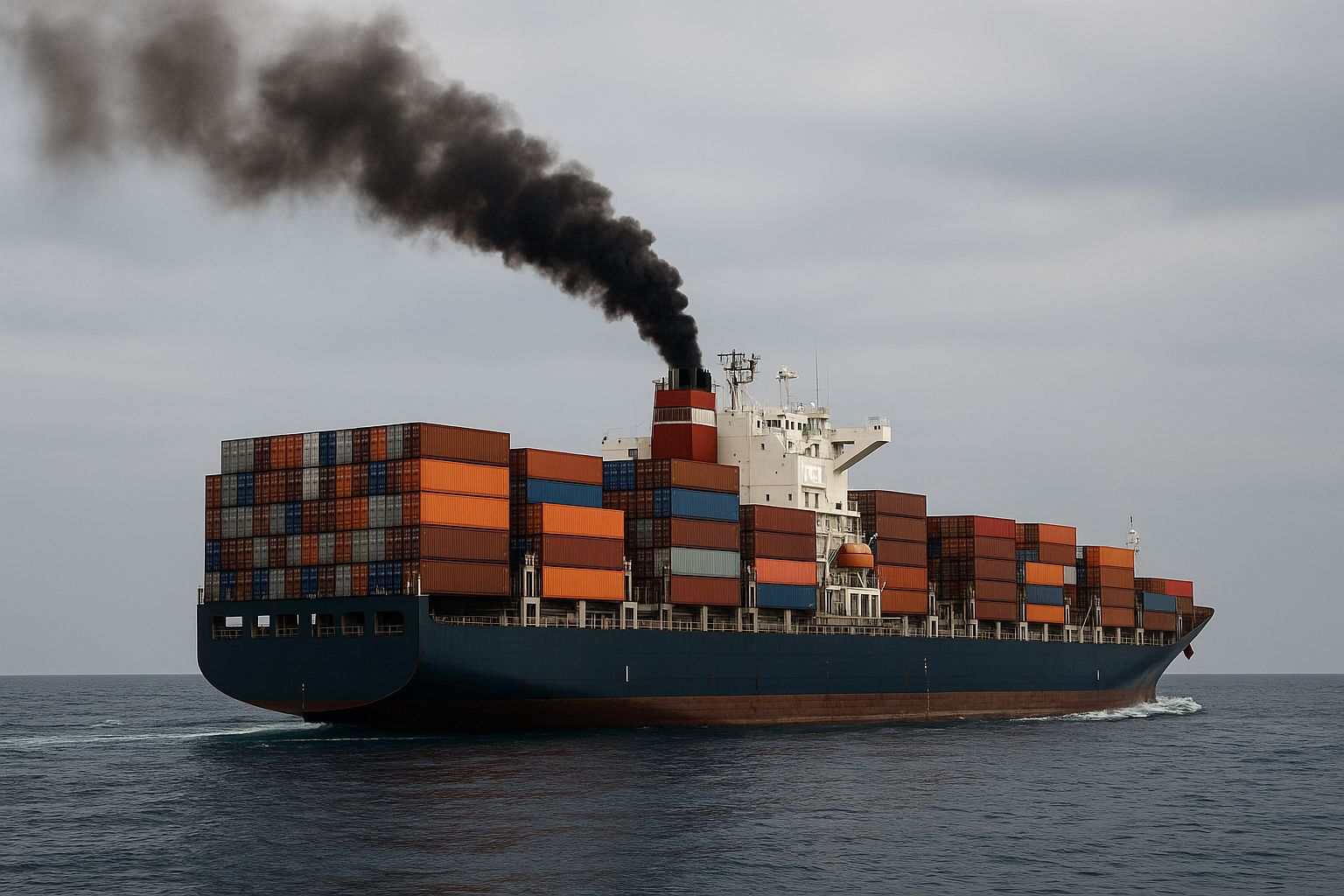Carbon Emissions Improve in Shipping Despite Red Sea Crisis

Ocean container shipping has recorded a notable improvement in carbon efficiency for the first time in over a year, despite the ongoing challenges in the Red Sea region, according to the latest figures from Xeneta.
The Q2 2025 update of the Xeneta and Marine Benchmark Carbon Emissions Index (CEI) shows the index dropping to 97.4 points. This marks the first time in 12 months that the CEI has fallen below the 100-point baseline, indicating improved emissions per tonne of cargo. The figure reflects a 4.5% decrease compared to Q1 2025 and a 7% decline from the peak of 104.8 seen in Q4 2024.
“The Q2 2025 score represents two quarters of consecutive decline and a clear indicator of an improving picture for reducing emissions in ocean container shipping,” said Emily Stausbøll of Xeneta.
The surge in emissions throughout 2024 was largely due to the conflict in the Red Sea, which forced the majority of container vessels to detour around the Cape of Good Hope, avoiding the Suez Canal. This longer route heavily influenced emissions on trade routes between the Far East and Mediterranean and Northern Europe, with some impact also seen on routes to the U.S. East and Gulf Coasts.
The CEI, which benchmarks emissions across 13 major global shipping lanes, uses Q1 2018 as a reference point, with scores above 100 indicating increased emissions compared to that baseline.
What’s particularly remarkable is that the recent progress has occurred even though most vessels are still bypassing the Suez Canal. Q2 2025 emissions are only 1.5% higher than in Q2 2023, when most container ships were still taking the more direct route via the Red Sea.
“This clearly demonstrates that, if there is a resolution to the conflict and the Red Sea opens up at large, carbon emissions performance at a global level would drop significantly below the levels seen in 2023,” Stausbøll noted.
Among the trade lanes, the most carbon-efficient were the Far East to the U.S. East Coast and Far East to the U.S. West Coast, with CEI scores of 71.2 and 71.1, respectively. The U.S. West Coast route, unaffected by Suez Canal detours, has consistently remained under 80 points for the past ten quarters.
Emissions are also being influenced by factors such as shipping speed, vessel size, and shifts in global trade flows. Notably, the North Europe to U.S. East Coast corridor saw a 10.9% jump in emissions in Q2 due to faster vessel speeds aimed at meeting tariff deadlines stemming from recent U.S. trade policy changes.
Performance among carriers varied, with CMA CGM and HMM leading emissions efficiency on three of the 13 monitored trade routes each during the quarter.
Xeneta emphasized that shippers still have the opportunity to incorporate emissions performance into their freight procurement strategies, especially when other factors like cost and reliability are comparable between carriers.